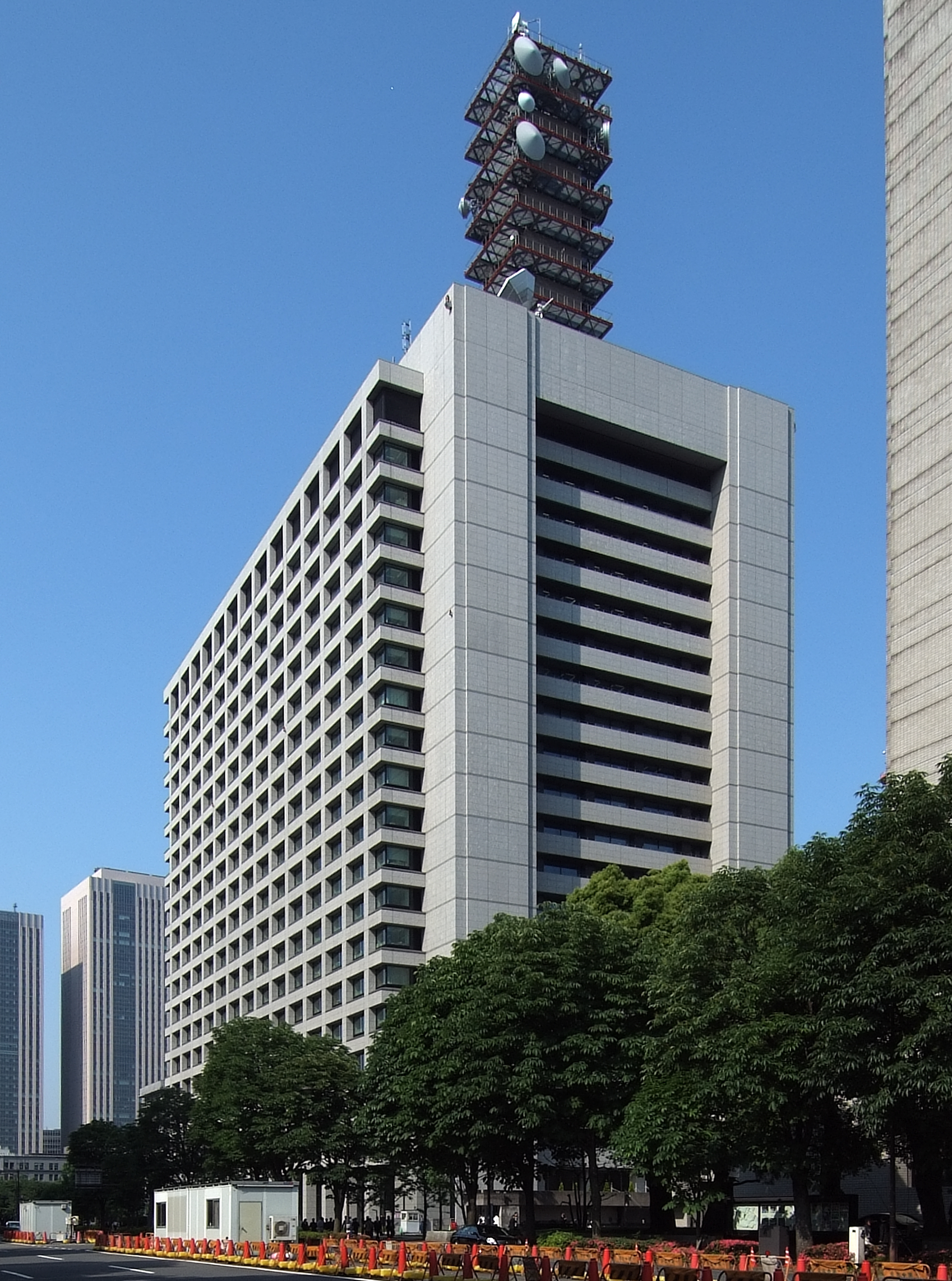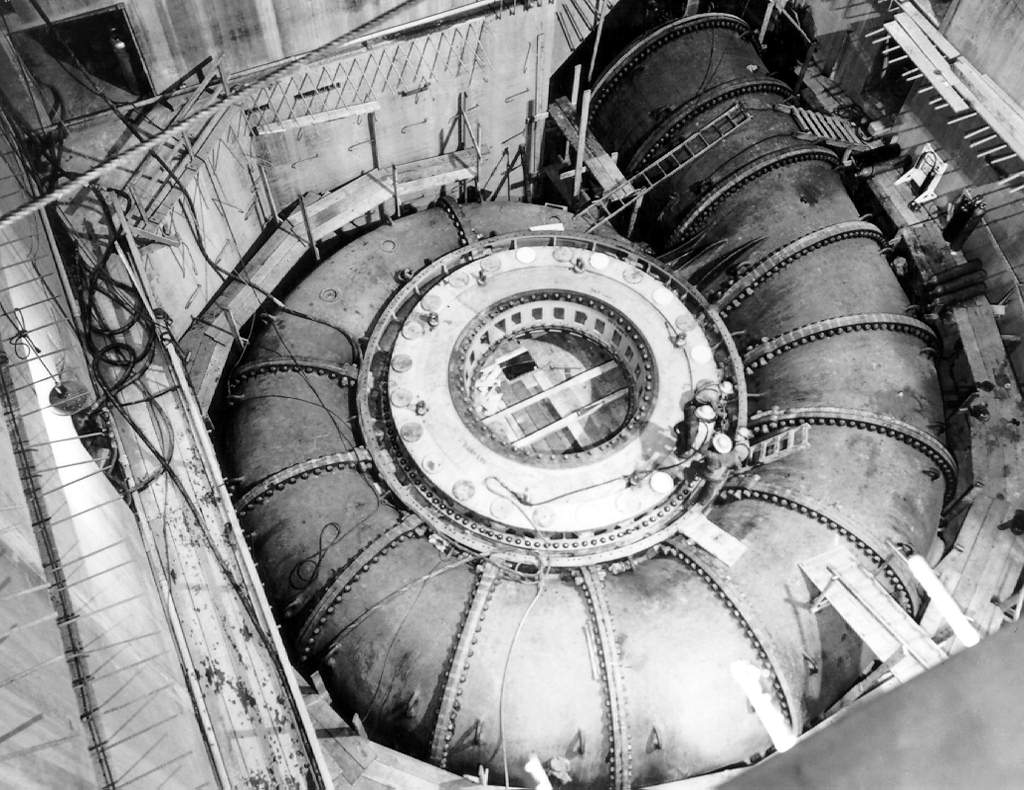|
Tokuyama Dam
The is an embankment dam near Ibigawa, Ibi District, Gifu Prefecture in Japan. The dam was completed in 2008 and will support a 153 MW hydroelectric power station that is expected to be fully operational in 2015. Unit 1 at 23 MW was commissioned in May 2014. The dam was originally intended to withhold the upper reservoir of a 400 MW pumped-storage power station until a design change in 2004. The dam is also intended for flood control and water supply. It is the largest dam by structural volume in Japan and withholds the country's largest reservoir by volume as well. History In December 1957, Electric Power Development Company (J-Power) selected the Ibi River for study at the 23rd Electric Power Development Coordinating Meeting. By May 1976, the Ministry of Construction released their bulletin "Policy on Tokuyama Dam Construction Project". In December 1982, the project was incorporated into the Electric Power Development Basic Plan. It was approved by the government i ... [...More Info...] [...Related Items...] OR: [Wikipedia] [Google] [Baidu] |
Ibi River
The is a tributary of the Kiso River located in Gifu Prefecture, Gifu and Mie Prefectures in Japan. Along with the Nagara River, Nagara and Kiso rivers, the Ibi is the third of the Kiso Three Rivers of the Nōbi Plain. It is one of Japan's first-class rivers. The former Tōkaidō (road), Tōkaidō post station of Kuwana-juku was located on the western banks of this river during the Edo period. Geography The Ibi River has its source in Mount Kanmuri (Gifu, Fukui), Mount Kanmuri,Tokuyama Dam and the Ibi River . Japan Water Agency. Accessed June 27, 2008. which is located in the town of Ibigawa, Gifu, Ibigawa in Gifu Prefecture, and from there flows south. During its course, it temporarily merges with the Kiso and Nagara rivers. In the city of Kuwana, Mie, Kuwana, Mie Prefecture, it finally permanently me ... [...More Info...] [...Related Items...] OR: [Wikipedia] [Google] [Baidu] |
Ministry Of Land, Infrastructure, Transport And Tourism (Japan)
The , abbreviated MLIT, is a ministry of the Japanese government.国土交通省設置法 , Ministry of Internal Affairs and Communications. It is responsible for one-third of all the laws and orders in Japan and is the largest Japanese ministry in terms of employees, as well as the second-largest executive agency of the Japanese government after the Ministry of Defense. The ministry oversees four external agencies including the , the |
Underground Power Stations
Underground most commonly refers to: * Subterranea (geography), the regions beneath the surface of the Earth Underground may also refer to: Places * Buenos Aires Underground, a rapid transit system * London Underground, a rapid transit system * The Underground (Boston), a music club in the Allston neighborhood of Boston * The Underground (Stoke concert venue), a club/music venue based in Hanley, Stoke-on-Trent * Underground (Manhattan), a music club (1980—1989) in Manhattan * Underground Atlanta, a shopping and entertainment district in the Five Points neighborhood of downtown Atlanta, Georgia * Underground City, Montreal * Underground city, a series of linked subterranean spaces * Underground living, modes of living below the ground's surface Arts, entertainment, and media Films * ''Underground'' (1928 film), a drama by Anthony Asquith * ''Underground'' (1941 film), a war drama by Vincent Sherman * ''Underground'' (1970 film), a war drama starring Robert Goulet * ''Under ... [...More Info...] [...Related Items...] OR: [Wikipedia] [Google] [Baidu] |
Dams Completed In 2008
A dam is a barrier that stops or restricts the flow of surface water or underground streams. Reservoirs created by dams not only suppress floods but also provide water for activities such as irrigation, human consumption, industrial use, aquaculture, and navigability. Hydropower is often used in conjunction with dams to generate electricity. A dam can also be used to collect or store water which can be evenly distributed between locations. Dams generally serve the primary purpose of retaining water, while other structures such as floodgates or levees (also known as dikes) are used to manage or prevent water flow into specific land regions. The word ''dam'' can be traced back to Middle English, and before that, from Middle Dutch, as seen in the names of many old cities, such as Amsterdam and Rotterdam. Ancient dams were built in Mesopotamia and the Middle East for water control. The earliest known dam is the Jawa Dam in Jordan, dating to 3,000 BC. Egyptians also built dams, ... [...More Info...] [...Related Items...] OR: [Wikipedia] [Google] [Baidu] |
Hydroelectric Power Stations In Japan
Hydroelectricity, or hydroelectric power, is Electricity generation, electricity generated from hydropower (water power). Hydropower supplies 15% of the world's electricity, almost 4,210 TWh in 2023, which is more than all other Renewable energy, renewable sources combined and also more than nuclear power. Hydropower can provide large amounts of Low-carbon power, low-carbon electricity on demand, making it a key element for creating secure and clean electricity supply systems. A hydroelectric power station that has a dam and reservoir is a flexible source, since the amount of electricity produced can be increased or decreased in seconds or minutes in response to varying electricity demand. Once a hydroelectric complex is constructed, it produces no direct waste, and almost always emits considerably less greenhouse gas than fossil fuel-powered energy plants. [...More Info...] [...Related Items...] OR: [Wikipedia] [Google] [Baidu] |
Underground Power Station
An underground power station is a type of hydroelectric power station constructed by excavating the major components (e.g. machine hall, penstocks, and tailrace) from rock, rather than the more common surface-based construction methods. One or more conditions impact whether a power station is constructed underground. The terrain or geology around a dam is taken into consideration, as gorges or steep valleys may not accommodate a surface power station. A power station within bedrock may be less expensive to construct than a surface power station on loose soil. Avalanche-prone valleys often make a surface station unfeasible as well. After World War II, large hydroelectric power stations were placed underground more often in order to protect them from airstrikes. Often underground power stations form part of pumped storage hydroelectricity schemes, whose basic function is to level load: they use cheap or surplus off-peak power to pump water from a lower lake to an upper lake. During ... [...More Info...] [...Related Items...] OR: [Wikipedia] [Google] [Baidu] |
Electric Generator
In electricity generation, a generator, also called an ''electric generator'', ''electrical generator'', and ''electromagnetic generator'' is an electromechanical device that converts mechanical energy to electrical energy for use in an external circuit. In most generators which are rotating machines, a source of kinetic power rotates the generator's shaft, and the generator produces an electric current at its output terminals which flows through an external circuit, powering electrical loads. Sources of mechanical energy used to drive generators include steam turbines, gas turbines, water turbines, internal combustion engines, wind turbines and even hand cranks. Generators produce nearly all of the electric power for worldwide electric power grids. The first electromagnetic generator, the Faraday disk, was invented in 1831 by British scientist Michael Faraday. The reverse conversion of electrical energy into mechanical energy is done by an electric motor, and motors and ... [...More Info...] [...Related Items...] OR: [Wikipedia] [Google] [Baidu] |
Francis Turbine
The Francis turbine is a type of water turbine. It is an inward-flow reaction turbine that combines radial and axial flow concepts. Francis turbines are the most common water turbine in use today, and can achieve over 95% efficiency. The process of arriving at the modern Francis runner design took from 1848 to approximately 1920. It became known as the Francis turbine around 1920, being named after British-American engineer James B. Francis who in 1848 created a new turbine design. Francis turbines are primarily used for producing electricity. The power output of the electric generators generally ranges from just a few kilowatts up to 1000 MW, though mini-hydro installations may be lower. The best performance is seen when the head height is between . Penstock diameters are between . The speeds of different turbine units range from 70 to 1000 rpm. A wicket gate around the outside of the turbine's rotating runner controls the rate of water flow through the turbine ... [...More Info...] [...Related Items...] OR: [Wikipedia] [Google] [Baidu] |
Yokoyama Dam
is a dam in Ibigawa, in the Gifu Prefecture of Japan Japan is an island country in East Asia. Located in the Pacific Ocean off the northeast coast of the Asia, Asian mainland, it is bordered on the west by the Sea of Japan and extends from the Sea of Okhotsk in the north to the East China Sea .... Dams in Gifu Prefecture Dams completed in 1964 {{Chūbu-dam-stub ... [...More Info...] [...Related Items...] OR: [Wikipedia] [Google] [Baidu] |
Reservoir
A reservoir (; ) is an enlarged lake behind a dam, usually built to water storage, store fresh water, often doubling for hydroelectric power generation. Reservoirs are created by controlling a watercourse that drains an existing body of water, interrupting a watercourse to form an Bay, embayment within it, excavating, or building any number of retaining walls or levees to enclose any area to store water. Types Dammed valleys Dammed reservoirs are artificial lakes created and controlled by a dam constructed across a valley and rely on the natural topography to provide most of the basin of the reservoir. These reservoirs can either be ''on-stream reservoirs'', which are located on the original streambed of the downstream river and are filled by stream, creeks, rivers or rainwater that surface runoff, runs off the surrounding forested catchments, or ''off-stream reservoirs'', which receive water diversion, diverted water from a nearby stream or aqueduct (water supply), aq ... [...More Info...] [...Related Items...] OR: [Wikipedia] [Google] [Baidu] |






